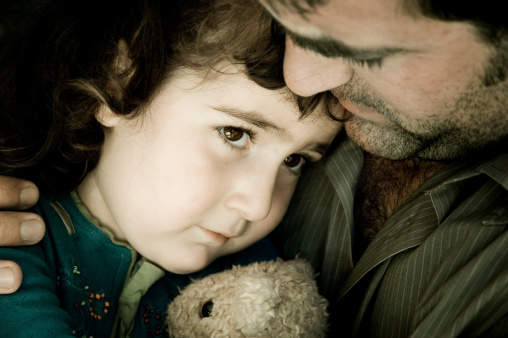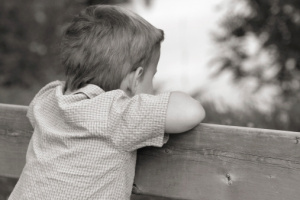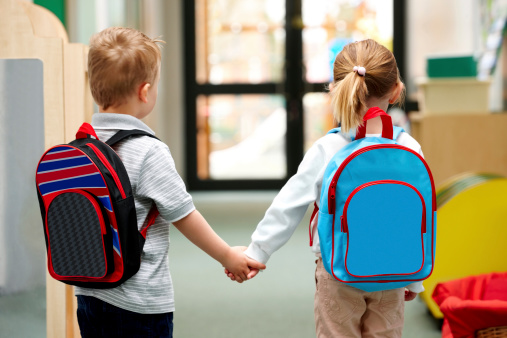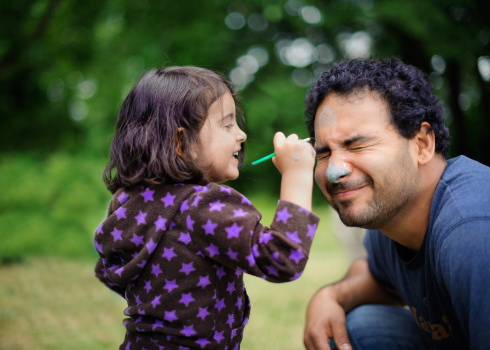 Divorce brings up many feelings, including feeling helpless. Sometimes you feel like your life is spinning out of your own control and you are left helpless. There is a quote by Aung San Suu Kyi that reads, “When you feel helpless, help someone.” So what does that mean? We have all experienced times in our life where we feel like the world is against and nothing is going right, divorce being one of them. The easiest way to get out of feeling this way: if you are feeling helpless, help someone. It helps us realize that we are all in this together, and we all have real life problems. In fact, it often helps us realize our problems are not nearly as big as someone else’s are. This is not to say that your problems are not important, but we are all fighting our own battles and you never know what the next person is battling.
Not sure where to start? Strapped for time and/or cash? Whether it’s finding a cause that you are passionate about and seeing where you can best share your time and talents, or simply random acts of kindness, no gesture is too small. See if there is a committee at church where you can lend a helping hand, register for a 5K which supports a cause that you care about, ask an elderly neighbor what they could use a hand with over the weekend, etc.
If you have children, of any age, but especially teenagers (good grief!), chances are they too are feeling like their lives are suddenly beyond their control, as they likely are. Help them find something they can control, because when you feel helpless, helping someone else is very empowering. Check into age appropriate volunteer opportunities at a local shelter to serve meals to the homeless, packing meals for children overseas, collecting coats and blankets and dropping them off for the homeless; the opportunities to help people are endless. Teaching your child that giving back to others will not only empower them in an otherwise helpless situation, but also helping others becomes a life lesson they will remember for years to come. As Ghandi stated, “Be the change you want to see in the world.” Start with yourself and then with your children.
Divorce brings up many feelings, including feeling helpless. Sometimes you feel like your life is spinning out of your own control and you are left helpless. There is a quote by Aung San Suu Kyi that reads, “When you feel helpless, help someone.” So what does that mean? We have all experienced times in our life where we feel like the world is against and nothing is going right, divorce being one of them. The easiest way to get out of feeling this way: if you are feeling helpless, help someone. It helps us realize that we are all in this together, and we all have real life problems. In fact, it often helps us realize our problems are not nearly as big as someone else’s are. This is not to say that your problems are not important, but we are all fighting our own battles and you never know what the next person is battling.
Not sure where to start? Strapped for time and/or cash? Whether it’s finding a cause that you are passionate about and seeing where you can best share your time and talents, or simply random acts of kindness, no gesture is too small. See if there is a committee at church where you can lend a helping hand, register for a 5K which supports a cause that you care about, ask an elderly neighbor what they could use a hand with over the weekend, etc.
If you have children, of any age, but especially teenagers (good grief!), chances are they too are feeling like their lives are suddenly beyond their control, as they likely are. Help them find something they can control, because when you feel helpless, helping someone else is very empowering. Check into age appropriate volunteer opportunities at a local shelter to serve meals to the homeless, packing meals for children overseas, collecting coats and blankets and dropping them off for the homeless; the opportunities to help people are endless. Teaching your child that giving back to others will not only empower them in an otherwise helpless situation, but also helping others becomes a life lesson they will remember for years to come. As Ghandi stated, “Be the change you want to see in the world.” Start with yourself and then with your children.  Divorce brings up many feelings, including feeling helpless. Sometimes you feel like your life is spinning out of your own control and you are left helpless. There is a quote by Aung San Suu Kyi that reads, “When you feel helpless, help someone.” So what does that mean? We have all experienced times in our life where we feel like the world is against and nothing is going right, divorce being one of them. The easiest way to get out of feeling this way: if you are feeling helpless, help someone. It helps us realize that we are all in this together, and we all have real life problems. In fact, it often helps us realize our problems are not nearly as big as someone else’s are. This is not to say that your problems are not important, but we are all fighting our own battles and you never know what the next person is battling.
Not sure where to start? Strapped for time and/or cash? Whether it’s finding a cause that you are passionate about and seeing where you can best share your time and talents, or simply random acts of kindness, no gesture is too small. See if there is a committee at church where you can lend a helping hand, register for a 5K which supports a cause that you care about, ask an elderly neighbor what they could use a hand with over the weekend, etc.
If you have children, of any age, but especially teenagers (good grief!), chances are they too are feeling like their lives are suddenly beyond their control, as they likely are. Help them find something they can control, because when you feel helpless, helping someone else is very empowering. Check into age appropriate volunteer opportunities at a local shelter to serve meals to the homeless, packing meals for children overseas, collecting coats and blankets and dropping them off for the homeless; the opportunities to help people are endless. Teaching your child that giving back to others will not only empower them in an otherwise helpless situation, but also helping others becomes a life lesson they will remember for years to come. As Ghandi stated, “Be the change you want to see in the world.” Start with yourself and then with your children.
Divorce brings up many feelings, including feeling helpless. Sometimes you feel like your life is spinning out of your own control and you are left helpless. There is a quote by Aung San Suu Kyi that reads, “When you feel helpless, help someone.” So what does that mean? We have all experienced times in our life where we feel like the world is against and nothing is going right, divorce being one of them. The easiest way to get out of feeling this way: if you are feeling helpless, help someone. It helps us realize that we are all in this together, and we all have real life problems. In fact, it often helps us realize our problems are not nearly as big as someone else’s are. This is not to say that your problems are not important, but we are all fighting our own battles and you never know what the next person is battling.
Not sure where to start? Strapped for time and/or cash? Whether it’s finding a cause that you are passionate about and seeing where you can best share your time and talents, or simply random acts of kindness, no gesture is too small. See if there is a committee at church where you can lend a helping hand, register for a 5K which supports a cause that you care about, ask an elderly neighbor what they could use a hand with over the weekend, etc.
If you have children, of any age, but especially teenagers (good grief!), chances are they too are feeling like their lives are suddenly beyond their control, as they likely are. Help them find something they can control, because when you feel helpless, helping someone else is very empowering. Check into age appropriate volunteer opportunities at a local shelter to serve meals to the homeless, packing meals for children overseas, collecting coats and blankets and dropping them off for the homeless; the opportunities to help people are endless. Teaching your child that giving back to others will not only empower them in an otherwise helpless situation, but also helping others becomes a life lesson they will remember for years to come. As Ghandi stated, “Be the change you want to see in the world.” Start with yourself and then with your children. 









